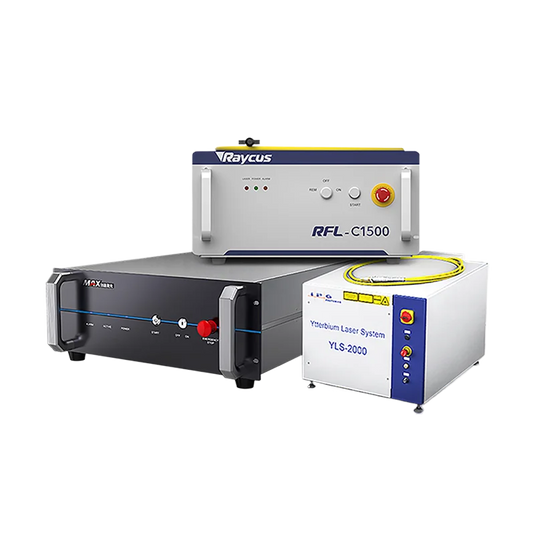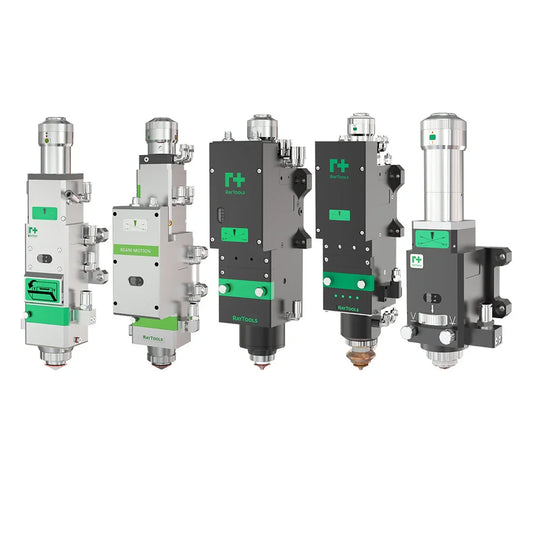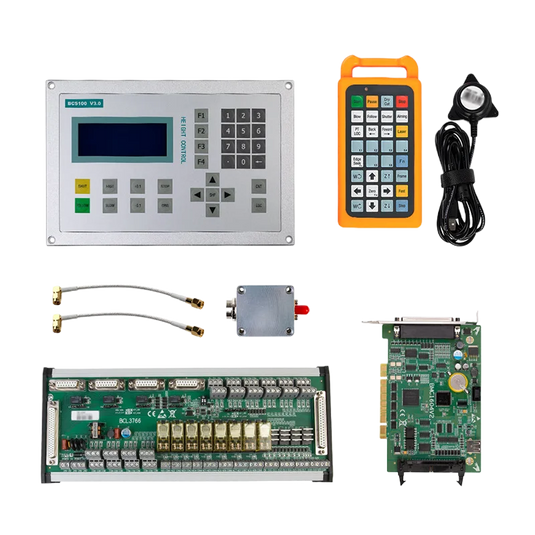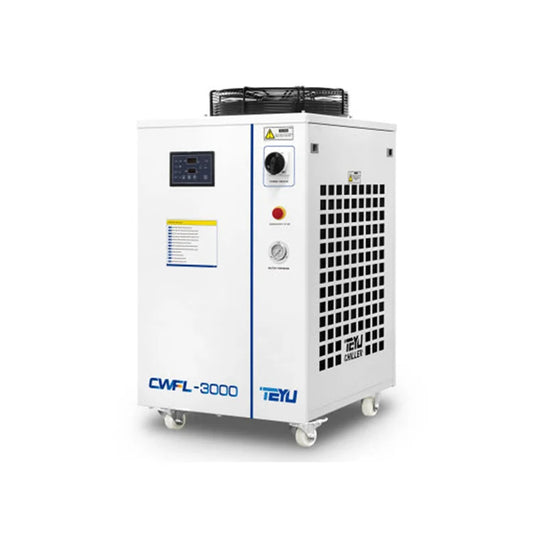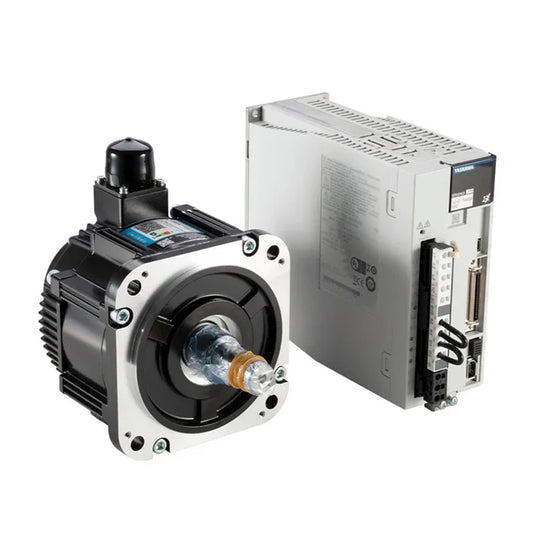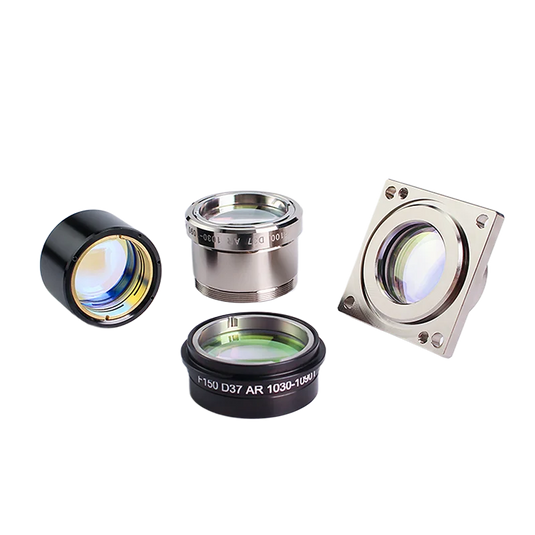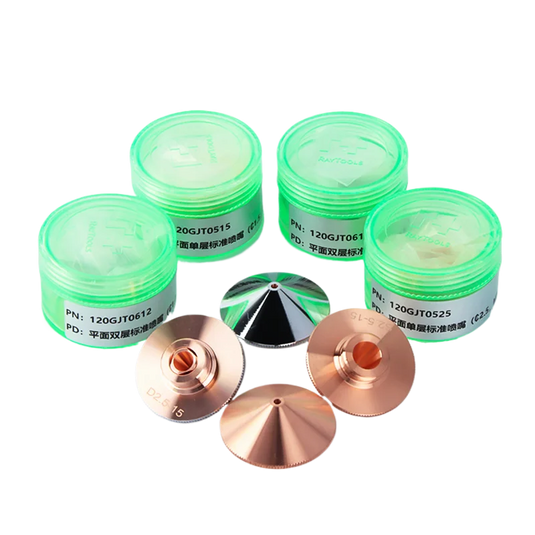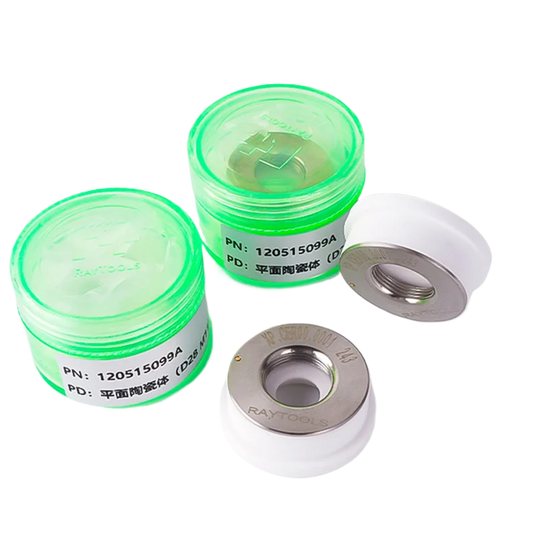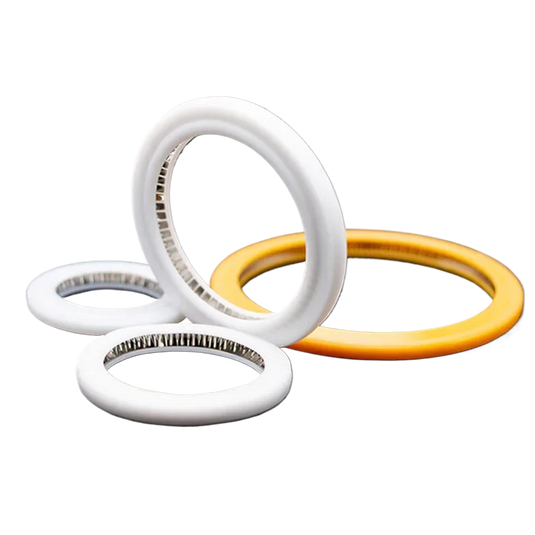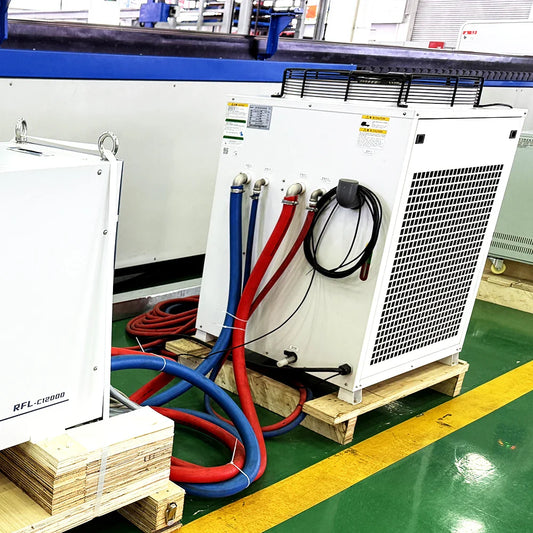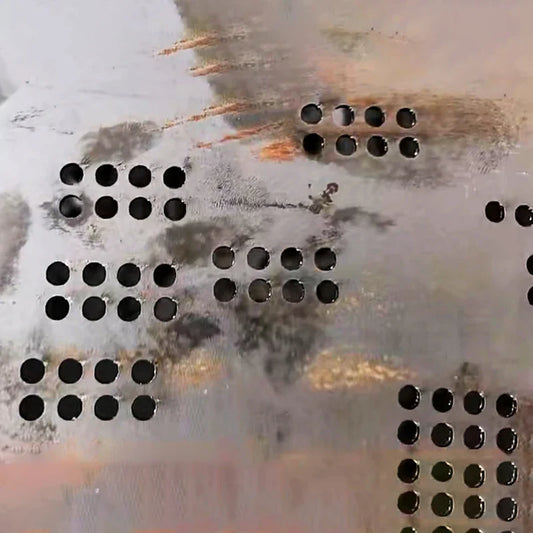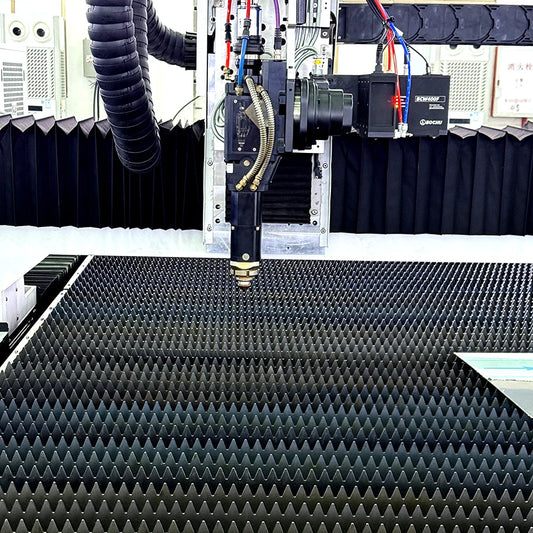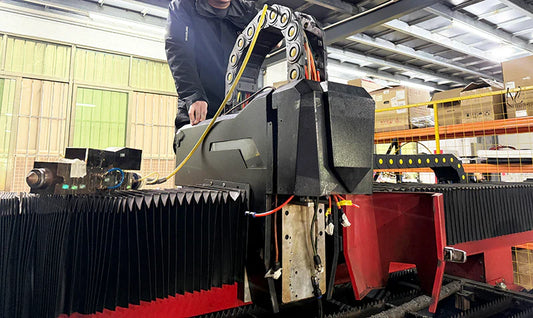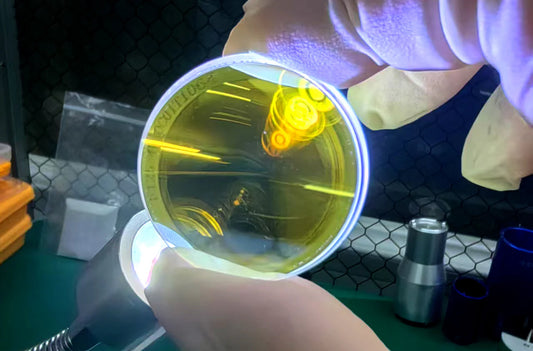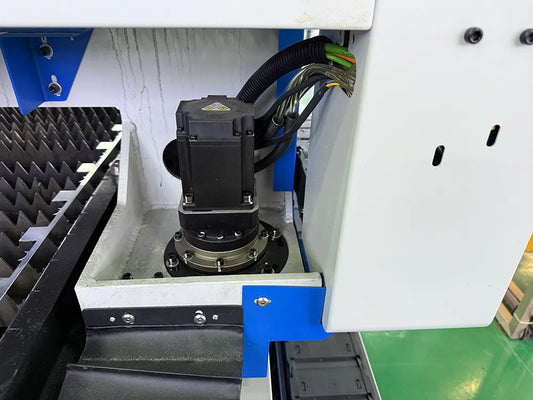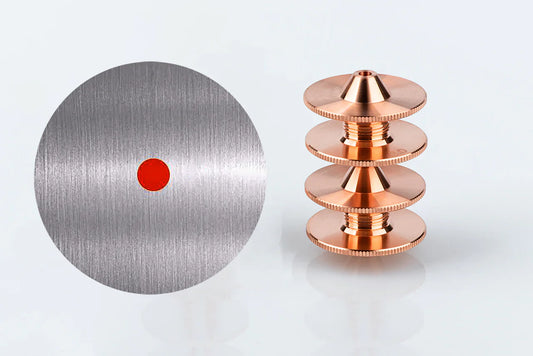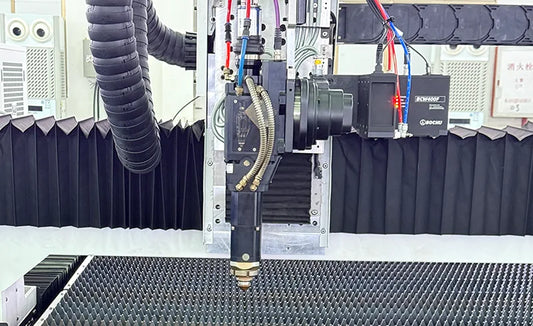High-Power Laser Cutting: Optimizing Parameters for Stainless Steel and Carbon Steel
Introduction
By providing the ability to rapidly and with unmatched accuracy cut through thick materials, high-power laser cutting technology—especially lasers rated at 6000W or higher—has transformed the metal-cutting sector. These developments present special difficulties even if they bring higher production and capacity. A crucial step in achieving clean, effective cuts is the process of adjusting the parameters for various materials. Issues like poor cut quality, too much dross, and even damage to the cutting equipment can arise if the parameters are not set correctly.
Two of the most often used materials cut with high-power lasers are carbon steel and stainless steel; although they have different qualities that call for different cutting techniques. While carbon steel is more likely to oxidize but usually easier to cut, stainless steel has greater resistance to heat and oxidation. When cutting these materials, operators have to change laser settings to guarantee both efficiency and accuracy, so optimizing the outcomes.
Material 1: Stainless Steel
Optimal Parameters for Stainless Steel
The most important variable to control when cutting stainless steel with high-power lasers is assist gas pressure. Regarding stainless steel, an 80–100 bar pressure range is perfect. Since nitrogen greatly lowers oxidation—which is necessary to preserve the integrity and look of the cut edges—it is the preferred assist gas. A 1.4mm nozzle usually offers the best balance between gas flow and laser beam focus, thus the nozzle diameter also is quite important.
Usually, stainless steel is cut at 12 m/min. While the assist gas aids in the molten metal removal from the cut area, this speed lets the laser efficiently melt the material. This equilibrium guarantees both high output and high quality, resulting in clean and smooth edges.
Tips for Cutting Stainless Steel
-
Use nitrogen for best results: It not only lowers oxidation but also rapidly cools the cut area, so minimising heat-affected zones and preventing oxide development on the cut margins. When appearance and corrosion resistance are crucial, this is particularly crucial.
-
Alignment between the laser beam and the nozzle: Even cuts and smooth edges depend on appropriate alignment. Regular checkups are required to guarantee optimal performance because misalignment can result in uneven cuts and rough edges.
-
Monitor for issues during cutting: Operators can identify issues like inconsistent gas flow or variations in laser power by carefully monitoring the cutting process. Early on identification of these issues helps to prevent deviations from the intended quality from cuts.
Material #2: Carbon Steel
Optimal Parameters for Carbon Steel
Carbon steel responds differently than stainless steel under high power lasers. The assist gas is oxygen; normal pressure range is 15 to 20 bar. By reacting with the carbon in the steel, the oxygen generates an exothermic reaction that facilitates more effective material melting and removal. A 1.2mm nozzle is often used for carbon steel to more precisely concentrate the oxygen flow and improve cutting performance.
Generally speaking, carbon steel has a slower cutting speed than stainless steel—about 8m/min. Slower speeds enable the exothermic reaction to fully develop, so guaranteeing effective material removal and reducing dross generation.
Tips for Cutting Carbon Steel
-
Focus for thicker carbon steel: When cutting thicker carbon steel, be sure the laser focus is set to the proper depth. For instance, the laser focus should be set 2mm below the surface when cutting a 25mm thick carbon steel plate to guarantee best efficiency and minimum dross generation.
-
Watch dross formation: Dross is the undesired residue that might develop on the cut surface. In addition to affecting the cut's appearance, too much dross compromises part functionality. Careful dross level monitoring allows operators to change parameters—such as cutting speed or oxygen pressure—in order to reduce this problem.
Guide for Selecting a Nozzle
Single-Layer Nozzles
Single-layer nozzles are typically the better choice for cutting thin sheets of both carbon steel and stainless steel. By streamlining the gas flow and so lowering resistance, they enable the assist gas to reach the cutting area more effectively, so allowing higher cutting speeds. In high volume production environments when speed is a top concern, this design is especially helpful.
Double-Layer Nozzles
Double-layer nozzles give more exact cutting on thicker plates. The extra layer guarantees a more constant and concentrated gas flow, so removing the molten metal effectively over the material thickness. This produces especially on thicker plates more accurate and cleaner cuts.
Common Pitfalls in High-Power Laser Cutting
Overheating Thick Plates
Cutting thick stainless steel or carbon steel plates sometimes results in overheating. The material may overheat, causing warping or even damage to the cutting head, if the laser power is too high or the cutting speed is too slow. For a 30mm thick carbon steel plate, for example, it is imperative to slow down cutting speed while modifying laser power to avoid overheating.
To prevent too high heat generation, make sure the laser focus is precisely set for the material thickness and modify the cutting speed and laser power accordingly.
Incorrect Gas Pressure Adjustments
A range of issues can result from incorrect gas pressure settings. Should the gas pressure be too low, the molten metal might not be sufficiently blown away, causing dross accumulation and inadequate cut quality. The laser beam, however, may be disrupted and uneven cuts may result from excessive gas pressure.
Maintaining gas pressure inside the 80–100 bar range is crucial for stainless steel to prevent oxidation and guarantee smooth edges. Inappropriate oxygen pressure can either result in too high dross or ineffective cutting for carbon steel.
To guarantee best cutting performance, routinely check and adjust gas pressure settings.
Keep Your Operations Running Smoothly with Pendstar!
As a trusted leader in laser cutter parts and consumables for 20+ years, we deliver 100% genuine original replacements with 3-day shipping from our global warehouses. Partnered with RAYCUS, BOCHU, MAX, WSX, and other 30+ top brands, we guarantee compatibility, quality, and rapid solutions for every repair. Whether you’re in the USA, Germany, Italy, Turkey, Brazil, or elsewhere, our localized service teams provide on-site maintenance or remote diagnostics 24/7.
Need urgent support? Contact our local teams now or schedule a online consulation.
Shop Reliable Parts Today → | Get Expert Help →
Backed by 20 Years of Laser Expertise – Your Trusted Partner in Precision Cutting Solutions.
In Conclusion
Achieving good, effective results from high-power laser cutting of carbon steel and stainless steel depends on optimizing parameters. Understanding the special qualities of every material and changing variables including assist gas type, nozzle selection, cutting speed, and focal length will help operators to maximize production, reduce waste, and improve cut quality. Key to guaranteeing consistent and dependable results also are regular monitoring of the cutting process and equipment maintenance. High-power laser cutting, with the correct technique, can produce outstanding performance in both industrial and small-scale applications.
FAQs on High-Power Laser Cutting for Carbon Steel and Stainless Steel
-
With a high-power laser cutting stainless steel, what is the ideal gas pressure?
Usually between 80 and 100 bar, the ideal gas pressure for cutting stainless steel is nitrogen; it helps to lower oxidation. -
Why is cutting carbon steel assisted by oxygen rather than another gas?
In order to more effectively melt and remove the material, oxygen is used in carbon steel, resulting in better cutting performance. -
At what cutting speed would carbon steel be most suited?
Usually around 8m/min, the cutting speed for carbon steel is slower than that of stainless steel to enable the exothermic reaction to completely develop and eliminate the molten material efficiently. -
In what ways does choice of nozzle affect cutting performance?
Single-layer nozzles offer better cutting speeds for thin materials; double-layer nozzles are better for cutting thicker plates since their more stable gas flow increases accuracy. -
When using a high-power laser to cut thick plates, what are some typical issues?
Overheating, which can warp the material, and improper gas pressure, which can result in poor cut quality or too much dross formation, are two typical issues. -
How might I reduce dross generation during carbon steel cutting?
Change the focal length and cutting speed to reduce dross; track oxygen pressure and make real-time cuts during the cutting operation.

